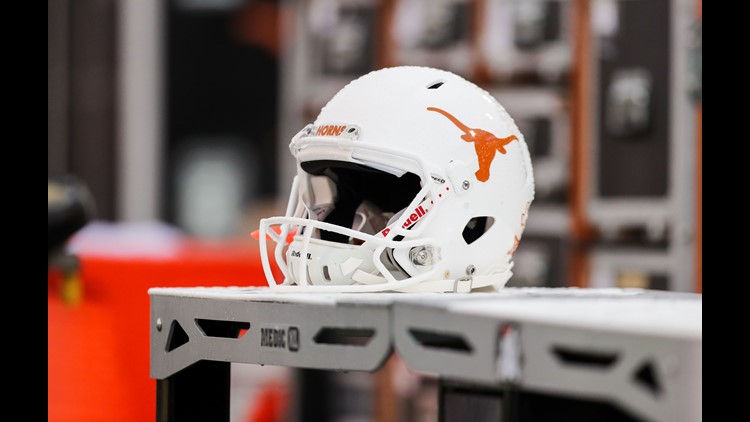Always a college sports financial giant, the University of Texas athletics department has taken yet another leap. It had nearly $215 million in annual operating revenue and total operating expenses of $207 million during its 2017 fiscal year, according its new annual financial report to the NCAA.
It is the first time a Division I public-school athletics program has had at least $200 million in both operating revenues and expenses in the same year.
In addition to its operating expenses, the Texas athletics program reported making a separate $10.3 million transfer to the university. That type of transfer, beyond operating expenses, occurs annually at Texas. Over the past four years, the athletics department has sent a total of nearly $40 million to the university in this manner. So, arguably, from the athletics department’s perspective, the program operated at a deficit for 2017.
Texas’ athletics department is among the few nationally that gets no revenue from student fees, or institutional or state sources.
The new report, along with another accounting statement that schools must compile annually under NCAA rules, was provided to USA TODAY Sports by the university on Friday in response to an open-records request. Texas’ fiscal year for these reports ended Aug. 31, 2017.
The 2017 expense total is by far the largest single-year total during the 13 years for which USA TODAY Sports has compiled these data for all NCAA Division I public schools. Texas established the previous high of $173.2 million in 2015.
Texas' new revenue total is the largest single-year amount for a Division I public school other than the $241 million (not adjusting for inflation) that Oklahoma State reported for 2006. Oklahoma State reported $211 million in donations for that year. About $165 million came from Boone Pickens, largely for facility upgrades.
There have been three years in which schools have reported more than $190 million in annual operating revenue, but each of those amounts also involved anomalous donation totals connected to facility projects — at Oregon in 2014 (football training facility) and at Texas A&M in 2015 and 2016 (both years for a huge football stadium project).
Texas reported just under $188 million in revenue in fiscal 2016.
Among the areas of increase in 2017, according to the new report were:
—Ticket revenue: Up by $11.6 million to $72.5 million. That's the largest single-year ticket revenue total for a public school, by more than $9 million. (Texas reported $63.3 million for fiscal 2015.)
Of Texas' 2017 total, $42.4 million was attributed to football (up from $37.4 million in fiscal 2016). More than 160 Division I public schools reported less total operating revenue for their entire athletics programs in fiscal 2016 than Texas had in football ticket revenue in fiscal 2017.
—Royalties and licensing: Up by $9.1 million to $45.9 million. This is likely the category in which Texas reports its take from the Longhorn Network, a dedicated cable channel for which it receives millions in guaranteed rights fees from ESPN. The parties' contract refers to these fees as royalties.
—Media rights, primarily from the Big 12 Conference: Up by $2.7 million to $17.6 million.
—Contributions: Up by $2.2 million to $42.6 million.
On the expense side, the biggest increases were in:
—Facilities debt service, leases and fees: Up $6.9 million to $27.2 million.
—Severance pay: Up $5.7 million to $9.2 million. Of this total amount, more than $7.1 million was attributed to football. Coach Charlie Strong was fired by the school in November 2016.
—Salaries and benefits for administrative and support staff: Up $5.4 million to $39.8 million.
—Game-day operations: Up $5.3 million to $29.5 million.



